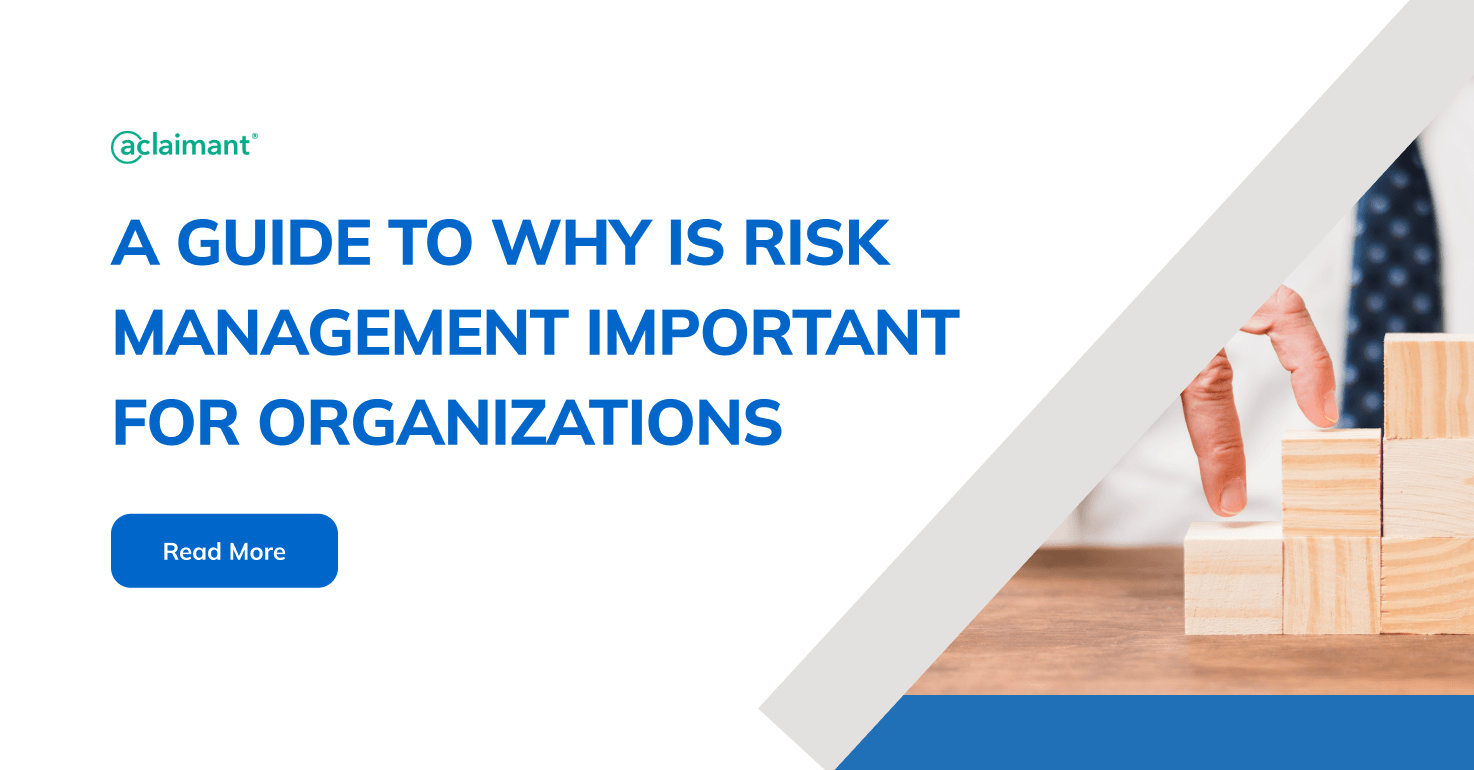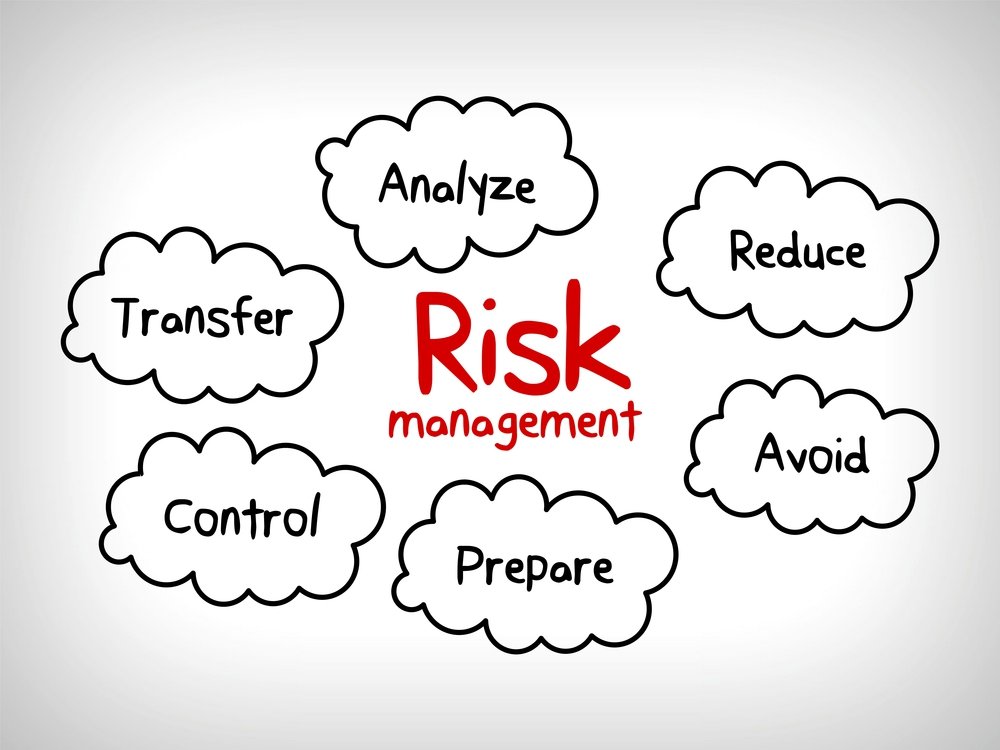Understanding the Importance of Risk Management in Modern Business Practices
Understanding the Importance of Risk Management in Modern Business Practices
Blog Article
The Importance of Understanding the Importance of Risk Management in Numerous Industries

The Core Idea of Risk Management and Its Function
Risk Management, the keystone of lots of markets, rests on the identification, examination, and reduction of unpredictabilities in an organization environment. It is an indispensable practice that permits organizations to secure their assets, credibility, and total survival. By correctly determining possible risks, organizations can create techniques to either avoid these dangers from happening or minimize their influence. The evaluation process entails evaluating the possibility and prospective severity of these threats. The reduction procedure involves designing techniques to minimize their potential impact as soon as threats have actually been recognized and examined. This procedure is recurring and intermittent, making sure that services are prepared for the ever-changing nature of Risk in various markets. The primary function, hence, is to foster strength amidst uncertainties.
Advantages of Executing Risk Management in Business Workflow

Revealing the Duty of Risk Management in Different Industries
While every market confronts its unique collection of threats, the implementation of Risk Management methods stays a common measure in their pursuit of sustainability and growth. In the healthcare sector, Risk Management requires making certain patient safety and security and data security, find more while in finance, it entails mitigating financial investment dangers and ensuring regulative compliance (importance of risk management). Building and construction companies concentrate on worker safety and security, project delays, and spending plan overruns. In the technology sector, firms minimize cybersecurity risks and technology obsolescence. Eventually, the function of Risk Management throughout markets is to recognize, examine, and reduce risks. It is a vital part of critical preparation, enabling companies to protect their properties, make best use of chances, and accomplish their goals.
Real-life Instance Studies Showing Successful Risk Management
To understand the value of Risk Management in these several industries, one can look to several real-life instances that illustrate the successful application of these measures. Toyota, publish the 2011 earthquake in Japan, modified its supply chain Management to lessen disruption threats. These cases demonstrate exactly how look here sectors, finding out from situations, successfully used Risk Management techniques to decrease future dangers.
Future Patterns and Advancements in Risk Management Methods
Cybersecurity, when a peripheral concern, has catapulted to the center of Risk Management, with strategies concentrating on avoidance, feedback, and detection. The assimilation of ESG (Environmental, Social, Administration) aspects into Risk Management is an additional growing pattern, showing the raising recognition of the duty that social and ecological risks play in organization sustainability. Thus, the future of Risk Management exists in the fusion of sophisticated modern technology, ingenious methods, and an alternative technique.
Final thought
In conclusion, recognizing the significance of Risk Management throughout a spectrum of sectors is crucial for their durability and success. Eventually, successful Risk Management contributes to a lot more lasting and durable services, highlighting the significance of this practice in today's dynamic you can find out more and extremely affordable business setting.
While every industry faces its unique set of dangers, the application of Risk Management strategies stays a common in their quest of sustainability and development. In the healthcare field, Risk Management entails making certain patient safety and information security, while in financing, it includes mitigating financial investment risks and making sure regulative compliance. Eventually, the function of Risk Management across sectors is to recognize, examine, and minimize dangers. These cases show exactly how sectors, discovering from situations, efficiently used Risk Management techniques to reduce future dangers.

Report this page